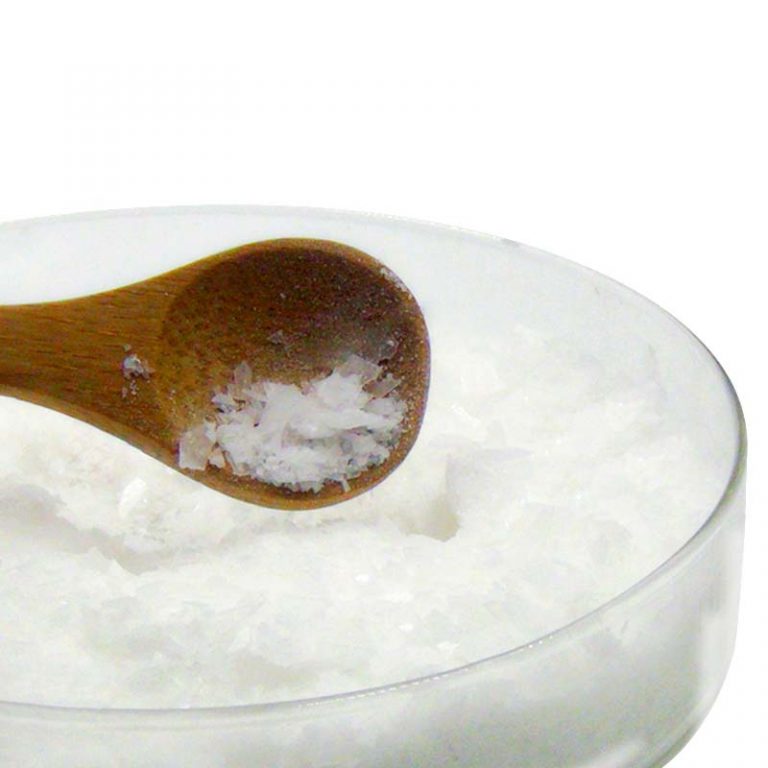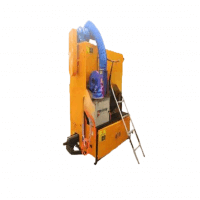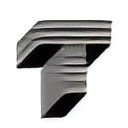Professional solutions on concrete addtives, Concrete Foaming Agent, Superplasticizer, CLC Blocks Additives, and foaming machine
(What is Foam Concrete Used For?)
Foam Concrete Properties
Foam concrete is a versatile building material. It is simple to produce and relatively cheap compared with autoclaved aerated concrete. Foam concrete compounds that use fly ash in the slurry mixture are cheaper and have less impact on the environment. The density of foam concrete varies from 200kg/m3 to 1,600kg/m3, depending on the application. Lighter products can be cut to different sizes. Although the product is considered to be a concrete form (with air bubbles instead of aggregate), its high thermal and acoustic quality makes it a distinct application from conventional concrete.
Foam Concrete Advantage
Foam concrete is no less thermally conductive than wood — 40cm walls can withstand -30° frost.
Foam concrete can withstand exposure to fire on one side for at least 3 hours, with an average of 5 hours.
What is Foam Concrete Used For?
Foam concrete can be produced with dry densities of 400 to 1600kg/m3 (25lb/ft 3 to 100lb/ft 3) and 7-day strengths of approximately 1 to 10N/mm2 (145 to 1450psi) respectively. Foam concrete is fire-resistant and its heat and sound insulation properties make it suitable for a wide range of uses, from insulating floors and roofs to void filling. It is also particularly useful for groove recovery.
Some applications of foam concrete are:
Bridge method/embankment
Pipe abandonment/ring filling
Trench backfill
Precast block
Prefabricated wall elements/panels
Cast-in-place/cast-in-place walls
Insulation compensation laying
Insulation floor
Insulating roof mortar
Sunken part filling
Groove back
A sub-base for the highway
Filling of hollow blocks
Prefabricated insulation board
Foam Concrete Trends and Development
Until the mid-1990s, foam concrete was considered weak, non-durable, and had high shrinkage properties. This is due to the unstable foam bubbles which make foam concrete unsuitable for the production of very low density (less than 300 kg/m 3 dry density) and load-bearing structure applications. It is therefore important to ensure that the air ensnared in the foam concrete is contained in stable, very small, uniform bubbles that remain intact and isolated and do not thus increase the permeability of the cement slurry between the voids.
The development of synthase-based foaming agents, admixtures to enhance foam stability, and specialized foam generation, mixing, and pumping equipment has improved the stability of foam concrete, allowing the production of lightweight concrete with densities as low as 75 kg/ m3 and a density of only 7.5% of water. The enzyme is composed of highly active proteins from biotechnological sources other than proteolysis. In recent years, foam concrete has been widely used in highways, commercial buildings, disaster relief buildings, schools, apartments, and residential development in Germany, The United States, Brazil, Singapore, India, Malaysia, Kuwait, Nigeria, Bangladesh, Botswana, Mexico, and other countries.
Foam concrete has been studied as a bullet trap for high-intensity US firearms training grounds. This work led to the deployment of the product SACON by the U.S. Army Corps of Engineers, which can be transported directly to a metal recovery facility when it wears out, without the need to separate trapped bullets because the calcium carbonate in the concrete acts as a flux.
The energy absorption capacity of foam concrete was approximated by drop tests and was found to vary between 4 and 15 MJ/m 3, depending on its density. The optimum absorption was estimated from a mixture of 1000 kg/m 3 of moderate density at a ratio of water to cement (w/c) 0.6 to 0.7.
Concrete Foaming Agent Supplier
TRUNNANO is a reliable foaming agents supplier with over 12-year experience in nano-building energy conservation and nanotechnology development.
If you are looking for high-quality CLC foaming agents, please feel free to contact us and send an inquiry. (sales@cabr-concrete.com)
We accept payment via Credit Card, T/T, West Union, and Paypal. TRUNNANO will ship the goods to customers overseas through FedEx, DHL, by air, or by sea.
(What is Foam Concrete Used For?)







